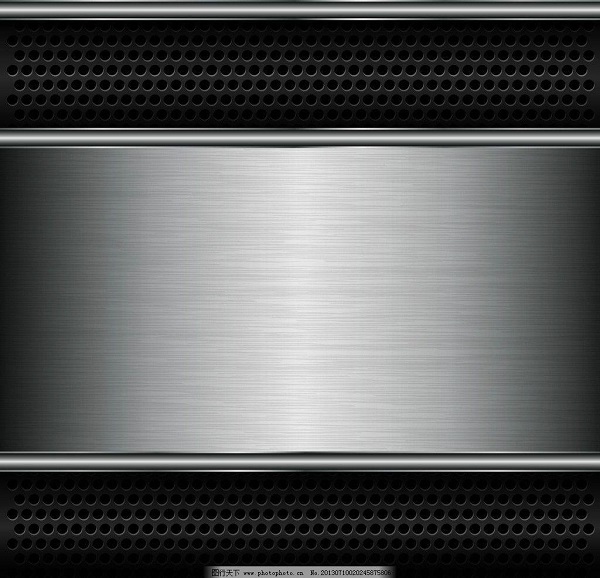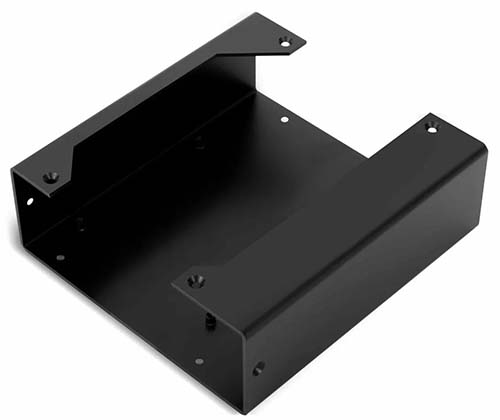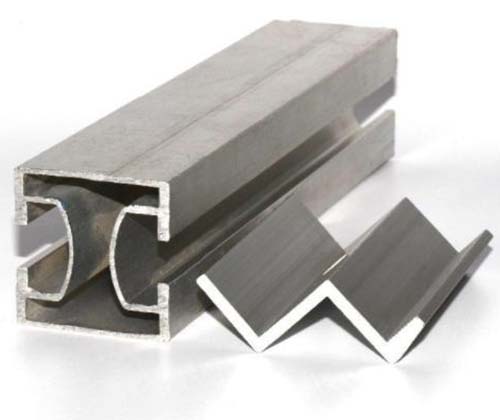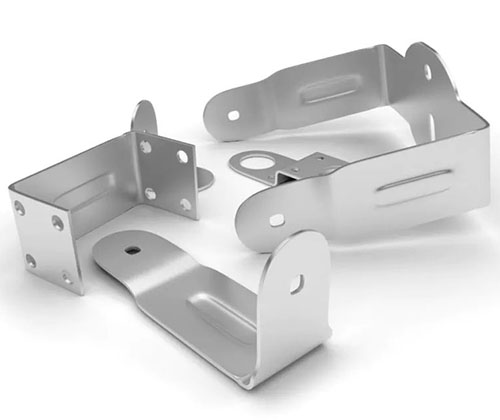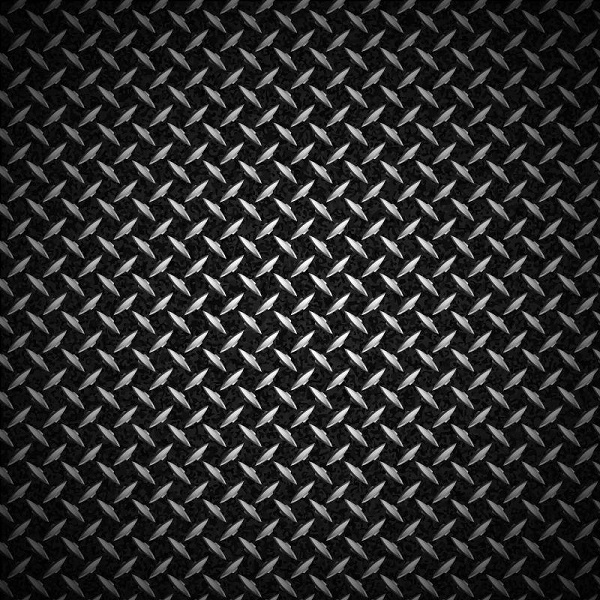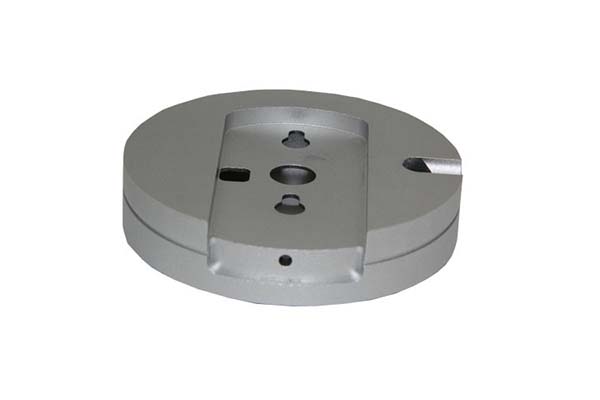Introduction
When it comes to choosing sheet metal for projects that need to stand up to the elements, manufacturers and builders often hit a wall. They struggle with materials that either lack corrosion resistance and rust quickly, or have coatings that peel off easily, leading to frequent replacements and high maintenance costs. Sheet Metal Galvanized Steel solves these issues by combining the strength of steel with the protective power of a zinc coating. In this article, we’ll dive into its material composition, coating processes, properties, and applications to show you why it’s a top choice for durable, long-lasting projects.
Material Composition of Sheet Metal Galvanized Steel
Core Components and Their Roles
- Steel Substrate and Zinc Coating: At its heart, Sheet Metal Galvanized Steel consists of a steel substrate—usually low-carbon steel—covered by a galvanized coating made primarily of zinc. The steel provides the structural strength, while the zinc coating acts as a shield against corrosion. The substrate is typically similar to mild steel, with an iron content of over 98%, ensuring good tensile properties and ductility. The zinc in the coating forms a barrier that prevents moisture and oxygen from reaching the steel, and if the coating is scratched, the zinc even sacrifices itself to protect the underlying metal through a process called galvanic corrosion.
- Alloy Layers and Coating Thickness: Between the steel and the outer zinc layer, there are thin alloy layers formed by the reaction of iron from the substrate and zinc from the coating. These layers, mainly iron-zinc alloys, enhance coating adhesion, making the coating less likely to peel. The coating thickness varies depending on the application, ranging from 5 - 25 micrometers for electrogalvanized steel to 45 - 120 micrometers for hot-dip galvanized steel. For example, fencing and outdoor construction parts often use thicker coatings (80 + micrometers) to withstand harsh weather, while indoor electrical components may use thinner coatings (5 - 20 micrometers).
Coating Processes for Sheet Metal Galvanized Steel
Hot-Dip Galvanizing vs. Electrogalvanizing
- Hot-Dip Galvanizing: This is the most common process for creating Sheet Metal Galvanized Steel. The steel substrate goes through a pre-treatment process—cleaning with acid to remove rust and scale, then fluxing to prevent oxidation. It’s then dipped into a bath of molten zinc (around 450°C), where the zinc bonds with the steel to form a thick, durable coating. Hot-dip galvanizing produces a coating with excellent corrosion protection and coating uniformity, even on complex shapes like fencing posts and architectural elements. The resulting coating has good coating adhesion and can last 50 + years in rural environments.
- Electrogalvanizing: In this process, the steel is placed in an electrolyte solution containing zinc ions. An electric current is passed through the solution, causing zinc to deposit onto the steel surface. Electrogalvanizing allows for precise control of coating thickness and produces a smoother surface finish. However, the coating is thinner than that from hot-dip galvanizing, making it better suited for indoor or mild environments, such as electrical components and some automotive parts. It also requires careful pre-treatment to ensure coating adhesion.
Pre-Treatment, Post-Treatment, and Coating Quality
- Pre-Treatment and Annealing: Pre-treatment is critical for both processes. It involves cleaning the steel to remove oils, dirt, and oxides, which ensures the zinc coating bonds well. For some steels, annealing (a heat treatment) is done before coating to improve ductility and reduce internal stresses, which helps the coating withstand bending and forming without cracking.
- Post-Treatment and Drying: After coating, post-treatment steps may include passivation (applying a chromate or non-chromate layer) to enhance corrosion resistance and coating durability. Drying is also important, especially for electrogalvanized steel, to remove moisture and prevent white rust. These steps ensure the coating remains intact and effective over time. Coating uniformity is checked during quality control, with tools like micrometers measuring thickness across the sheet to ensure no areas are undercoated.
Material Properties of Sheet Metal Galvanized Steel
Corrosion Resistance and Coating Durability
- Corrosion Resistance: The standout property of Sheet Metal Galvanized Steel is its exceptional corrosion resistance. Tests show that in rural areas, hot-dip galvanized steel can last 50 - 100 years without significant rust, while in coastal areas (with salt spray), it still lasts 20 - 30 years—far longer than uncoated steel, which may rust in just 1 - 5 years. This makes it ideal for outdoor applications like fencing, storage tanks, and agricultural machinery exposed to rain, snow, and humidity.
- Coating Durability and Adhesion: The coating durability is impressive, with the zinc layer resisting chipping and peeling even during bending and forming. Coating adhesion tests, where the coating is scraped or bent, show that it stays firmly attached to the steel substrate. For example, when bent at 180 degrees, the coating may crack but doesn’t peel away, maintaining its protective barrier.
Mechanical Properties and Physical Characteristics
- Strength, Ductility, and Tensile Properties: The steel substrate gives galvanized steel good strength and tensile properties, with a tensile strength of 300 - 500 MPa—similar to uncoated low-carbon steel. Its ductility allows it to be bent, cut, and formed into shapes, though the coating can affect this slightly. Hot-dip galvanized steel has slightly lower ductility than electrogalvanized due to the thicker coating, but both are still workable for most applications. For instance, ductwork in buildings is often made from galvanized steel, as it can be bent into tubes and ducts without the coating failing.
- Hardness, Weight, Thickness, and Surface Finish: The hardness of the zinc coating is around 70 - 90 HV, which is harder than the underlying steel (around 60 - 80 HV), providing extra wear resistance. The weight is slightly higher than uncoated steel due to the zinc coating—typically 3 - 10% heavier, depending on coating thickness. The total thickness of the sheet includes both the steel and the coating, with options ranging from 0.3 mm to 10 mm. The surface finish is smooth for electrogalvanized steel (good for painting) and slightly rough for hot-dip galvanized steel (with a spangled appearance), which is often left exposed for a rustic look in architectural elements.
Applications of Sheet Metal Galvanized Steel
Construction and Architectural Uses
- Construction and Architectural Elements: In construction, galvanized steel is used for structural components, fencing, roofing, and ductwork. Its corrosion resistance makes it perfect for roofing in rainy climates, as it won’t rust and leak. Architectural elements like handrails, facades, and decorative panels also use it for both durability and aesthetics. For example, many modern buildings use galvanized steel mesh panels for facades, combining a sleek look with long-term weather resistance.
- Storage Tanks and Ductwork: Storage tanks for water, chemicals, and fuel rely on galvanized steel to prevent leaks and contamination. The corrosion resistance ensures the tanks remain intact, even when storing liquids. Ductwork in HVAC systems uses it because it resists moisture from condensation, maintaining air quality and system efficiency.
Automotive, Industrial, and Agricultural Applications
- Automotive and Industrial Equipment: The automotive industry uses galvanized steel for parts like body panels, undercarriage components, and exhaust systems. Its corrosion resistance protects these parts from road salt and moisture, extending the vehicle’s lifespan. Industrial equipment such as conveyor belts, machine frames, and toolboxes also uses it, as it withstands the wear and tear of factory environments.
- Agricultural Machinery and Electrical Components: Agricultural machinery like tractors, plows, and grain storage units operates in muddy, wet conditions, so galvanized steel is a natural choice. It resists rust from rain and fertilizer, reducing maintenance. Electrical components like junction boxes and cable trays use it too, as the coating protects against moisture and ensures safe, reliable operation.
Yigu Technology's Perspective
As a parts custom manufacturing supplier, Yigu Technology values Sheet Metal Galvanized Steel for its unbeatable combination of corrosion resistance and versatility. We work with both hot-dip and electrogalvanized steel, leveraging their unique properties for construction, automotive, and industrial projects. Our expertise in forming, cutting, and welding ensures the zinc coating remains intact, maximizing coating durability. Whether fabricating fencing, ductwork, or custom industrial equipment parts, we prioritize quality, ensuring each component meets strict standards for coating thickness and adhesion to deliver long-lasting, cost-effective solutions.
FAQs
- How does the lifespan of galvanized steel compare to painted steel?
- Galvanized steel typically lasts 2 - 5 times longer than painted steel. Hot-dip galvanized steel can last 50 + years in rural areas, while painted steel may need repainting every 5 - 10 years. The zinc coating in galvanized steel provides continuous protection, even if scratched, unlike paint which can peel and expose the steel.
- Can galvanized steel be painted or welded?
- Yes, it can be painted, but pre-treatment (like cleaning and lightly sanding) is needed to ensure paint adhesion. Welding is possible too, but the high heat can damage the coating around the weld, so touch-up with zinc-rich paint is recommended to maintain corrosion resistance.
- What factors affect the corrosion resistance of galvanized steel?
- Key factors include coating thickness (thicker coatings last longer), environment (coastal/salty areas reduce lifespan), and mechanical damage (scratches expose the steel). Proper post-treatment (like passivation) and avoiding contact with incompatible metals (e.g., copper) also help maintain corrosion resistance.

